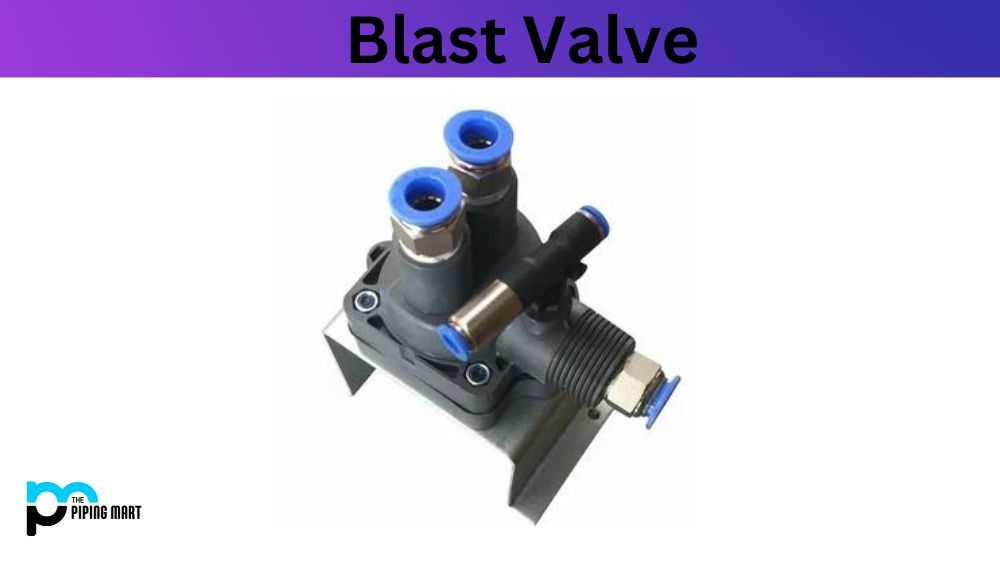Are you looking for a proven welding process used in many industrial applications over the years? If so, resistance projection welding may be the answer. This welding process is more efficient than traditional welding techniques and can join two pieces of metal together with incredible strength. Let’s dive into what resistance projection welding is and how it works.
What is Resistance Projection Welding?
Resistance projection welding (RPW) is a type of arc welding that uses electric current to generate heat between two metal parts. This heat creates an area of intense pressure that bonds the metals together—a process known as “projection welding”. RPW can be used on ferrous and non-ferrous metals, including aluminium, copper, stainless steel, and titanium. It’s often used to make solid joints for structural components, frames, and other fabrications.
Resistance Projection Welding Uses
RPW is primarily used in automotive manufacturing due to its high precision. It’s also commonly employed in food processing equipment manufacturing because it produces a clean weld joint without any slag or fumes that could contaminate food products. RPW isn’t limited to just joining metals—it can also be used to fasten other materials, such as plastics or composites, with specialized electrodes designed for those specific applications.
How Does Resistance Projection Welding Work?
The RPW process utilizes two positive and one negative electrode to carry a large amount of current through the gap between two metal parts being joined. The electrodes press down on the parts while current passes through them, creating an intense amount of heat which melts both pieces of metal simultaneously and fuses them when they cool back down. The pressure created by the electrodes helps ensure that only minimal filler materials are needed during the weld joint formation process. This results in solid joints that require little post-weld cleanup work afterwards.
Conclusions:
Overall, resistance projection welding provides an efficient process for joining multiple materials with great strength without sacrificing accuracy or quality control standards. From car frames to food processing equipment, this type of weld offers a reliable way to produce strong bonds in industrial settings where precision matters most – making it a popular choice among manufacturers worldwide today. For website owners and SEO newbies alike who are considering adding this technology into their operations, understanding how RPW works can help ensure successful implementation moving forward!
Meet Heer, a dynamic and driven writer learning tricks of her trade in the metal industry. With a background in Digital Marketing, Heer brings a unique perspective to her writing, sharing valuable insights. Apart from blogging she like reading and hiking.




